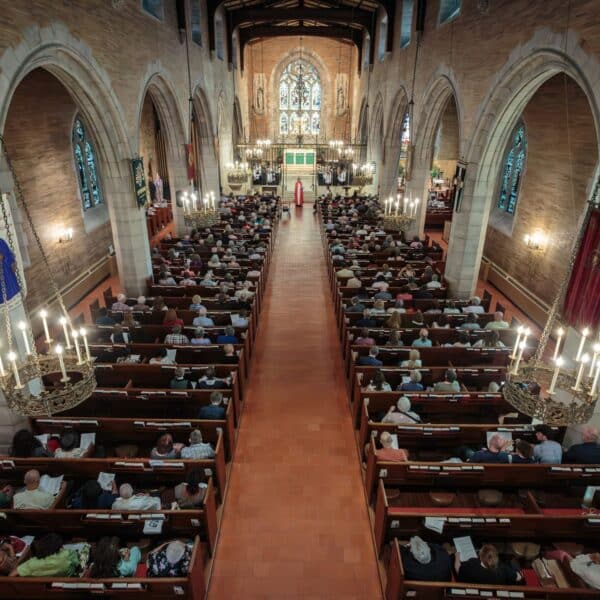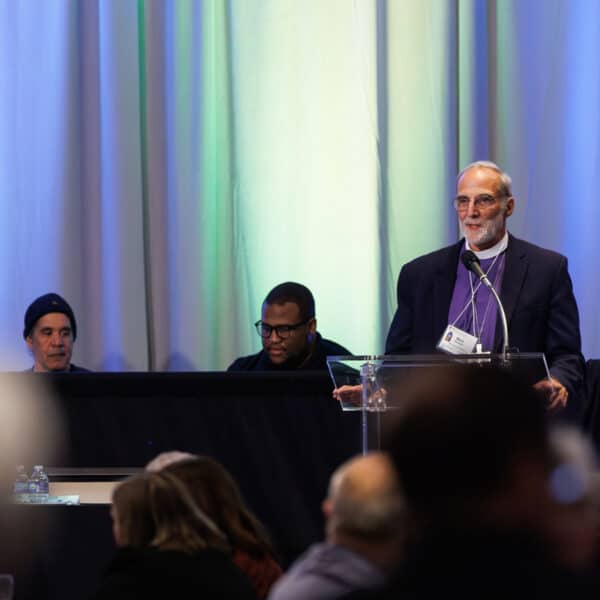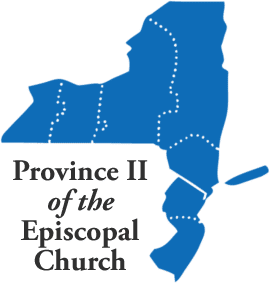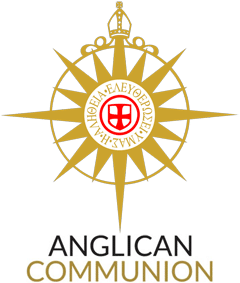Feature Stories
Justice Ministry Spotlight: The Importance of Understanding Our Racial History
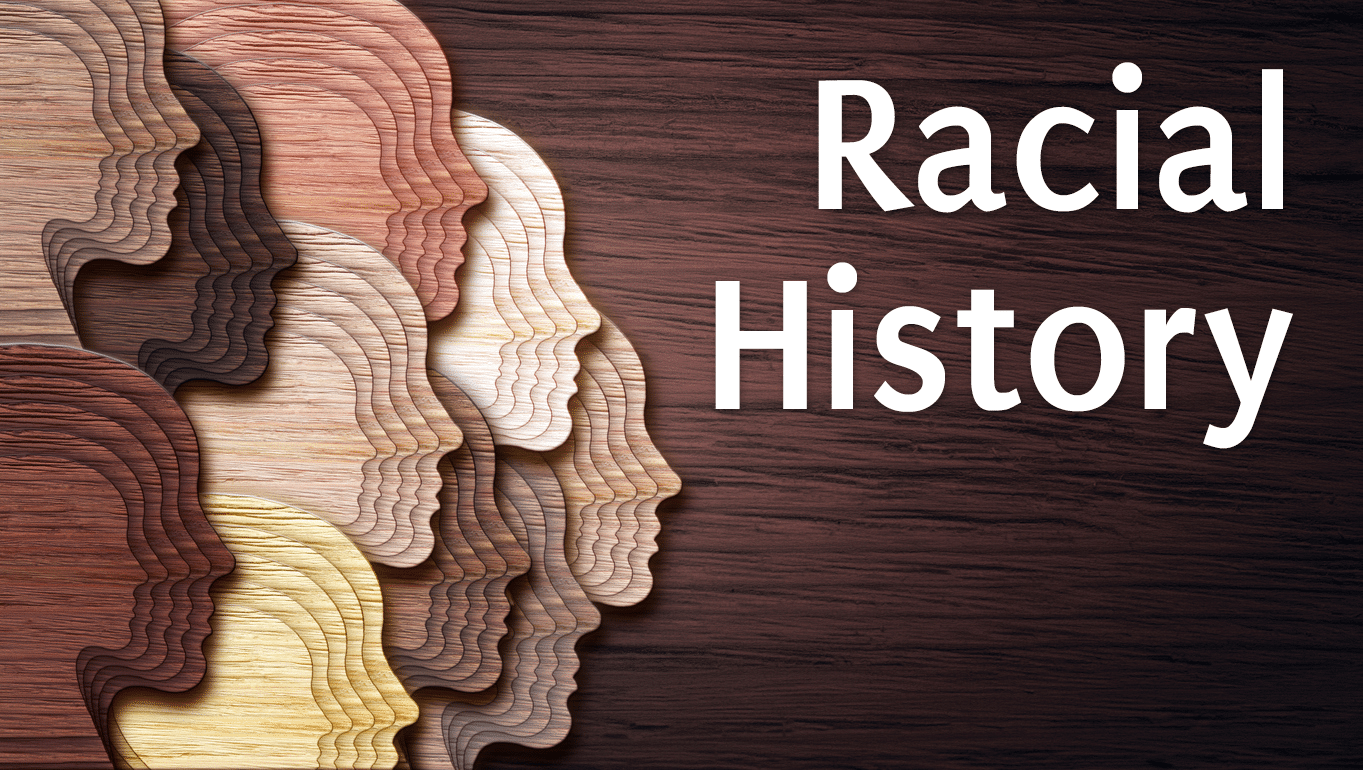
At November’s 150th Diocesan Convention, delegates approved a resolution committing us as a diocese to learn about our various racial histories. The Racial History Committee formed in the fall of 2020 as a vehicle to guide individual congregations in doing that work. Initially, members of the Committee enlisted their own congregations to commence this effort, and two of them continue to delve deeper into their congregational history: Trinity & St. Philip’s Cathedral, Newark and All Saints’, Millington with Gail Barkley and Anne Calloway leading the research at the Cathedral and Carol Berry heading the effort in Millington.
In addition, another Committee member, the Rev. Wayne Sherrer, current Priest-in-Charge at St. James’, Hackettstown, wrote a book about the racial history of Philipsburg, titled Phorgotten No More: Glimpses of the African-American Presence in Phillipsburg, NJ 1777-2021, that was published in 2024. His research pre-dated the formation of the Racial History Committee, but Father Wayne readily joined in to guide other congregations in pursuing their own histories.
Through this effort, we have learned some important details about our past. When St. Philip’s was still a separate historically black congregation, it also had its own history of internalized racism, with light skinned blacks being allowed to sit up front and darker skinned members forced to sit in the back. During the 1967 Newark riots, the church building burned down, and despite funds being raised to rebuild it, they were merged with Trinity Cathedral, which was largely a black congregation at the time. Despite efforts to track the funds that were raised, the leadership of the former St. Philip’s never learned what happened to them, and the mystery remains unsolved.
As a region, northern New Jersey has a somewhat surprising racial history that most people are not aware of. A large number of enslaved people lived here, particularly in wealthy (and largely Dutch) Bergen County, where in the late 1700s 40% of its labor force were enslaved black people. The southern half of the state was largely settled by Quakers, who did not believe in enslavement. Although most people learn that slavery ended in the United States on June 19, 1865 when Texas emancipated its enslaved population, New Jersey was actually the last state to abolish slavery on December 8, 1865 with the ratification of the Thirteenth Amendment. With that heritage, there is a lot of racial history to uncover across our Episcopal churches.
As the Committee has forwarded its work, we have discovered some interesting resources that other dioceses in Province II offer their congregations in doing similar work, including the Episcopal Diocese of Long Island with their Beloved Journey project, and the Episcopal Diocese of New York’s effort, Black Presence in the Episcopal Diocese of New York. Our dream is to pull together resources like that for this diocese, so that this work can be ongoing, despite any change in ecclesiastical authority.
The Racial History Committee’s role is to help congregations be in conversation about their racial histories, which is not a one-time thing, but rather an ongoing process. We can guide and walk alongside our congregations in doing this work, but the energy and interest needs to come from the people in the parish. Much of the work is just digging through old newsletters and vestry minutes in parish archives to learn what was included–or not included, while towns or municipalities can offer some pertinent information in their own historical documents.
We hope this work will generate conversation and lead to more intentionality in how a congregation interacts with its wider community. Congregations can acquire a new sensitivity and awareness of what is going on in their neighborhoods. However, first the hard question we all must ask ourselves is: do we really want to do the work?
Importantly, this effort is not about shaming ourselves for past behavior. In fact, we might find some positive things that happened. However, we hope that members across the diocese will approach this effort with a sense of curiosity, because knowing our racial histories is about understanding what happened, how it impacted others, perhaps unintentionally, and how we might act differently moving forward. The work is really a part of living into our baptismal promises: to seek and serve Christ in all persons, loving your neighbor as yourself, to strive for justice and peace among all people, and to respect the dignity of every human being.
Moving forward, St. George’s, Maplewood and Christ Church, Short Hills have started to work with the Committee on their respective racial histories, and we encourage other parishes to consider joining this effort. If your parish is interested, please contact one of the Racial History Committee members.
Gail Barkley – Trinity & St. Philip’s Cathedral, Newark
Carol Berry – All Saints’, Millington
Melissa Bristol – Christ Church, Short Hills
Anne Calloway – Trinity & St. Philip’s Cathedral, Newark
Pat Piermatti – St. James, Upper Montclair
The Rev. Wayne Sherrer – St. James’, Hackettstown
The Rev. Willie Smith
The Rev. Deacon Eric Soldwedel – St. Clement’s, Hawthorne / St. Paul’s, Paterson
Chris Whitaker – Christ Church, Short Hills


